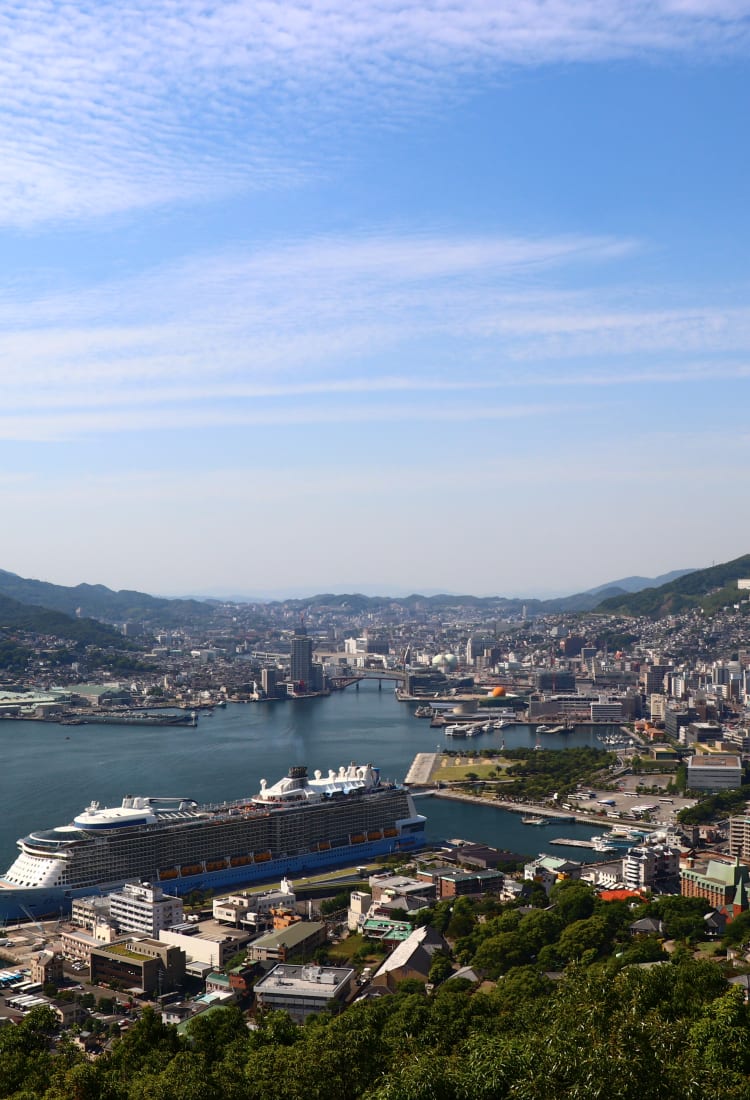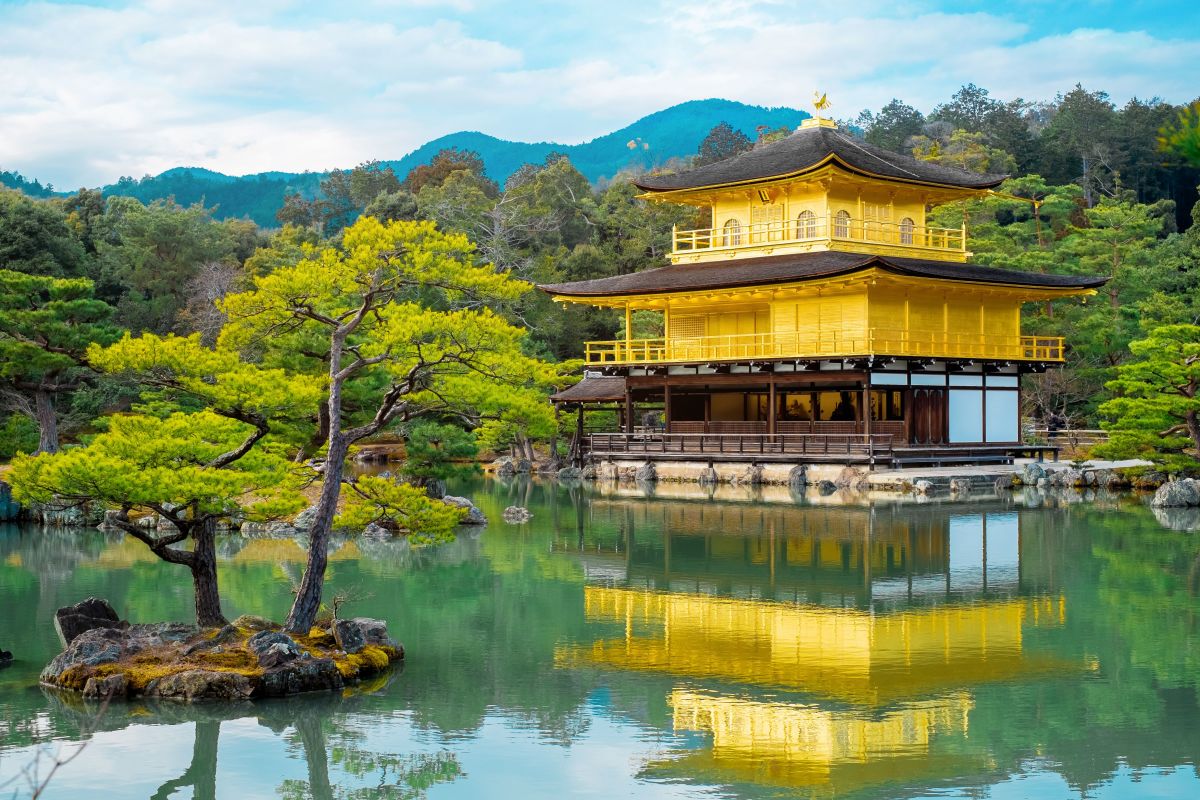Nagasaki's Hidden Temples: A Spiritual Journey
Share
Nagasaki, a city steeped in history and culture, is often recognized for its tragic past and stunning landscapes. However, hidden within its bustling streets and serene hills lie temples that whisper stories of spirituality, resilience, and tranquility. This article will guide you through the lesser-known temples of Nagasaki, offering insights into their significance, beauty, and the experiences awaiting you.
The Spiritual Significance of Nagasaki
Nagasaki is not just a city; it’s a tapestry of cultures, religions, and histories. The influence of Buddhism and Christianity is palpable, with temples and churches coexisting in harmony. The hidden temples of Nagasaki are not merely places of worship; they are sanctuaries where visitors can find peace and connect with the spiritual essence of Japan.
Key Temples to Visit
1. Sofuku-ji Temple
Sofuku-ji Temple, a Zen temple founded in 1629, is a prime example of Nagasaki's rich Buddhist heritage. Nestled in the heart of the city, this temple is known for its stunning architecture and serene gardens. The temple features a beautiful main hall, or Hondo, adorned with intricate carvings and a tranquil atmosphere that invites meditation.
Activities: - Participate in Zen meditation sessions. - Explore the surrounding gardens and enjoy the seasonal blooms.
2. Kofuku-ji Temple
Kofuku-ji is another hidden gem, renowned for its striking five-story pagoda, which is the oldest in Nagasaki. This temple offers a glimpse into the architectural styles of the Edo period and is surrounded by lush greenery, making it a perfect spot for a peaceful retreat.
Activities: - Take photographs of the pagoda and its surroundings. - Enjoy a quiet moment in the temple grounds, reflecting on its history.
3. Fukusaiji Temple
Fukusaiji Temple is famous for its impressive statue of Kannon, the Goddess of Mercy. The temple is located on a hill, providing breathtaking views of Nagasaki and its harbor. The serene environment and the sound of nature make it an ideal place for contemplation.
Activities: - Hike up to the temple for panoramic views. - Light incense and offer prayers at the Kannon statue.
Best Time to Visit Nagasaki
The ideal time to visit Nagasaki is during the spring (March to May) and autumn (September to November) months. The weather during these seasons is mild, making it perfect for temple visits and outdoor activities. Spring brings cherry blossoms, while autumn showcases vibrant foliage.
Weather Information
- Spring: Mild temperatures ranging from 10°C to 20°C (50°F to 68°F).
- Autumn: Cool temperatures between 15°C to 25°C (59°F to 77°F).
- Summer: Hot and humid, with temperatures reaching up to 30°C (86°F).
- Winter: Cold, with temperatures dropping to around 5°C (41°F).
Getting Around Nagasaki
Navigating Nagasaki is convenient, with public transportation options such as trams and buses. Renting a bicycle is also a popular choice for those who wish to explore at their own pace. For a more personalized experience, consider booking a transfer service.
Accommodations in Nagasaki
Finding the perfect place to stay can enhance your experience in Nagasaki. Here are some recommended hotels that offer comfort and convenience:
- Hotel New Nagasaki: A modern hotel located near the city center, providing easy access to attractions.
- Nagasaki Kanko Hotel: Offers stunning views of the harbor and is known for its excellent service.
- Inasayama Kanko Hotel: Located on a hill, this hotel provides a serene atmosphere and is close to several temples.
Cultural Etiquette at Temples
When visiting temples in Nagasaki, it’s essential to respect local customs. Here are some tips to keep in mind:
- Dress Modestly: Wear respectful attire, covering shoulders and knees.
- Remove Shoes: Always take off your shoes before entering temple buildings.
- Quiet Reflection: Maintain a peaceful demeanor; temples are places for contemplation.
- Photography: Always check if photography is allowed, especially inside temple buildings.
Local Cuisine to Try
While in Nagasaki, don’t miss the chance to savor local delicacies. Here are some must-try dishes:
- Champon: A hearty noodle soup that reflects Nagasaki's unique culinary heritage.
- Kakuni Manju: Steamed buns filled with braised pork belly, a local favorite.
- Sasebo Burger: A delicious burger that originated in the nearby city of Sasebo.
Conclusion
Nagasaki's hidden temples offer a unique glimpse into the spiritual heart of Japan. Each temple tells a story, inviting visitors to pause, reflect, and appreciate the beauty of their surroundings. Whether you're seeking tranquility, cultural enrichment, or simply a break from the hustle and bustle, these sacred spaces provide an unforgettable experience.
As you plan your visit to Nagasaki, consider the temples not just as destinations, but as opportunities to connect with the essence of Japan. Embrace the serenity, indulge in the local flavors, and let the spirit of Nagasaki guide you on a memorable adventure.
Don't forget to book your flights and accommodations for a seamless trip!





